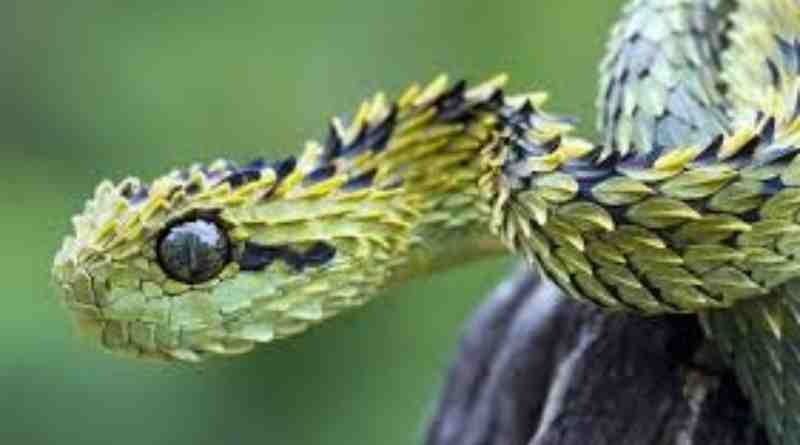25 Coolest Animals in the World: Discovering Rare and Fascinating Species You’ve Likely Never Heard Of
Introduction
In the vast expanse of our planet, an incredible variety of wildlife thrives, much of which remains a mystery even to the avid naturalist. The title “25 Coolest Animals in the World: Discovering Rare and Fascinating Species You’ve Likely Never Heard Of” invites us on an extraordinary journey to explore some of the rarest and most astonishing creatures on Earth. From the deepest oceans to the highest mountains, and the most secluded forests to the arid deserts, every corner of the globe has its own set of unique species that astonish with their adaptations, behaviors, and appearances.
1. The Glass Frog (Centrolenidae)
Native to the rainforests of Central and South America, the Glass Frog is named for its translucent skin, through which its internal organs can be seen. This adaptation helps it blend into its leafy environment, providing protection against predators. Their almost invisible appearance is as eerie as it is beautiful, making them a biological marvel.
2. The Narwhal (Monodon monoceros)
Often referred to as the “unicorn of the sea,” the narwhal is famous for its long, spiral tusk, which is actually an elongated upper left canine. Found primarily in the Arctic waters, narwhals are a species of whale that play a crucial role in their ecosystem. Their tusks are thought to have sensory capabilities, helping them detect changes in their environment.
3. The Red Panda (Ailurus fulgens)
Far less known than its giant namesake, the red panda is a small mammal native to the eastern Himalayas and southwestern China. With a bear-like body and a face similar to that of a raccoon, the red panda’s reddish-brown fur and bushy tail help it stay camouflaged among the red moss and white lichens of its forest habitat. Despite their cuteness, red pandas are endangered due to habitat loss and poaching.
4. The Okapi (Okapia johnstoni)
The okapi, with its striking stripes resembling those of zebras, is actually closely related to the giraffe. Native to the dense rainforests of the Congo, this shy and rarely seen mammal has a dark, velvety coat that provides camouflage in the low light of its natural habitat. The okapi’s diet consists mainly of leaves and fruits, making it a vital part of the forest’s ecology.
5. The Axolotl (Ambystoma mexicanum)
This unique salamander is native to the lake complex of Xochimilco near Mexico City. Unlike most amphibians, axolotls do not undergo metamorphosis and spend their entire lives in water. Their ability to regenerate limbs, spinal cord, heart, and other organs is of particular interest to scientists, offering hopes for medical research in regeneration.
6. The Saiga Antelope (Saiga tatarica)
The saiga antelope, recognizable by its oversized, flexible nose structure, roams the Eurasian steppe, including Kazakhstan and Mongolia. This odd nasal adaptation helps filter out dust kicked up by the migrating herd and warms cold air during winter migrations. Unfortunately, the saiga is critically endangered due to poaching and habitat loss.
7. The Blobfish (Psychrolutes marcidus)
Voted the world’s ugliest animal, the blobfish resides deep in the waters off Australia, Tasmania, and New Zealand. Its gelatinous appearance is actually an adaptation to withstand the high pressure of its deep-sea habitat. With a density slightly less than water, the blobfish conserves energy by floating slightly above the sea floor, swallowing edible matter that drifts by.
8. The Shoebill (Balaeniceps rex)
The shoebill stork, named for its shoe-shaped bill, is a large bird found in the swamps of East Africa. Its bill is perfectly adapted for catching and holding slippery fish, the main component of its diet. Known for its statuesque, motionless waiting tactics, the shoebill is a solitary creature and is often considered enigmatic amongst birdwatchers.
9. The Glaucus Atlanticus
Also known as the blue dragon, this small sea slug can be found floating on the surface of the Atlantic, Pacific, and Indian Oceans. The vibrant blue and silver of its body provide camouflage against the water’s surface while it preys on venomous cnidarians like the Portuguese man o’ war. Remarkably, the blue dragon accumulates the venom from its prey and concentrates it, using it as a defense against predators.
10. The Pangolin (Pholidota)
The only mammal wholly covered in scales, pangolins are often referred to as “walking pinecones” or “scaly anteaters.” These nocturnal creatures are native to Asia and Africa, and their diet primarily consists of ants and termites. The scales, made of keratin, provide protection, but tragically, they are also the reason pangolins are one of the most trafficked animals in the world.
Conclusion
The “25 Coolest Animals in the World” span a spectacular array of evolutionary adaptations, each suited perfectly to their environments. From the eerie translucence of the glass frog to the regenerative wonders of the axolotl, these species not only highlight the beauty and diversity of our planet’s wildlife but also underscore the urgent need for their conservation. As we continue to explore and understand these remarkable creatures, we must also fight to protect them and their habitats, ensuring that future generations can also marvel at the natural world’s wonders.
Read also: check




